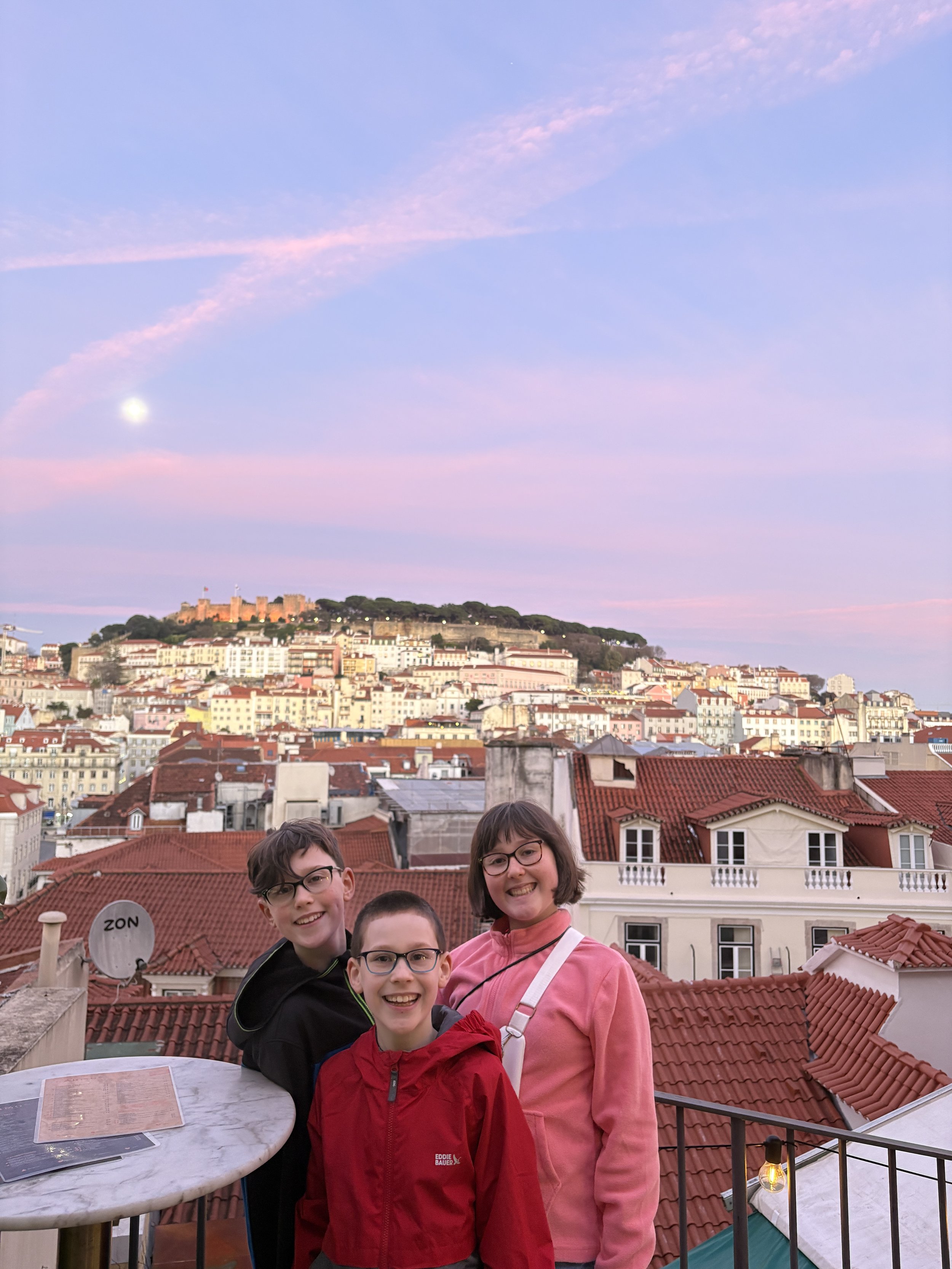Fado
The Music of Portugal
Isaac Strauss
Introduction to Fado: Fado is a traditional Portuguese genre of music. It means destiny or fate in Portuguese, and is commonly performed in Portugal. Fado is sung in Portuguese and usually uses a guitar as the main instrument. Fado can be sung energetically or slowly and usually uses a lot of emotion.
History of Fado: Fado originated in Lisbon in the early 19th century by Maria Severa Onofriana and was also first performed by Maria Severa Onofriana. Amália Rodrigues is the most famous Fado singer and is often called the Queen of Fado, closely followed by Carlos do Carmo.
Our experience with Fado: On our first night in Lisbon we saw live traditional Fado at dinner. We were amazed by how beautiful it was. After the performance and dinner, we met one of the singers. His name was Eduardo Baptista (@eduardobaptistafado) and he talked with us about how young people need to learn Fado to keep the traditional music alive. When we got home we researched Fado and listened to some Fado.
Emotions of Fado: Fado can be sad, fast-paced, energetic and smooth. Fado is highly emotional and can shift between different emotions quickly. Fado is loveable and very beautiful and is an interesting genre.
Instruments of Fado: The main instrument is a guitar with twelve steel strings and a pear shaped body. The Lisbon guitar is tuned higher than the Coimbra guitar and has a more light and delicate sound. Fado occasionally has a second instrument even though traditionally it has one.
Personal note:
Portugal is beautiful, it has a lot of cobblestone streets and small alleyways. It makes for an awesome walk with gorgeous views and many sights to see.












